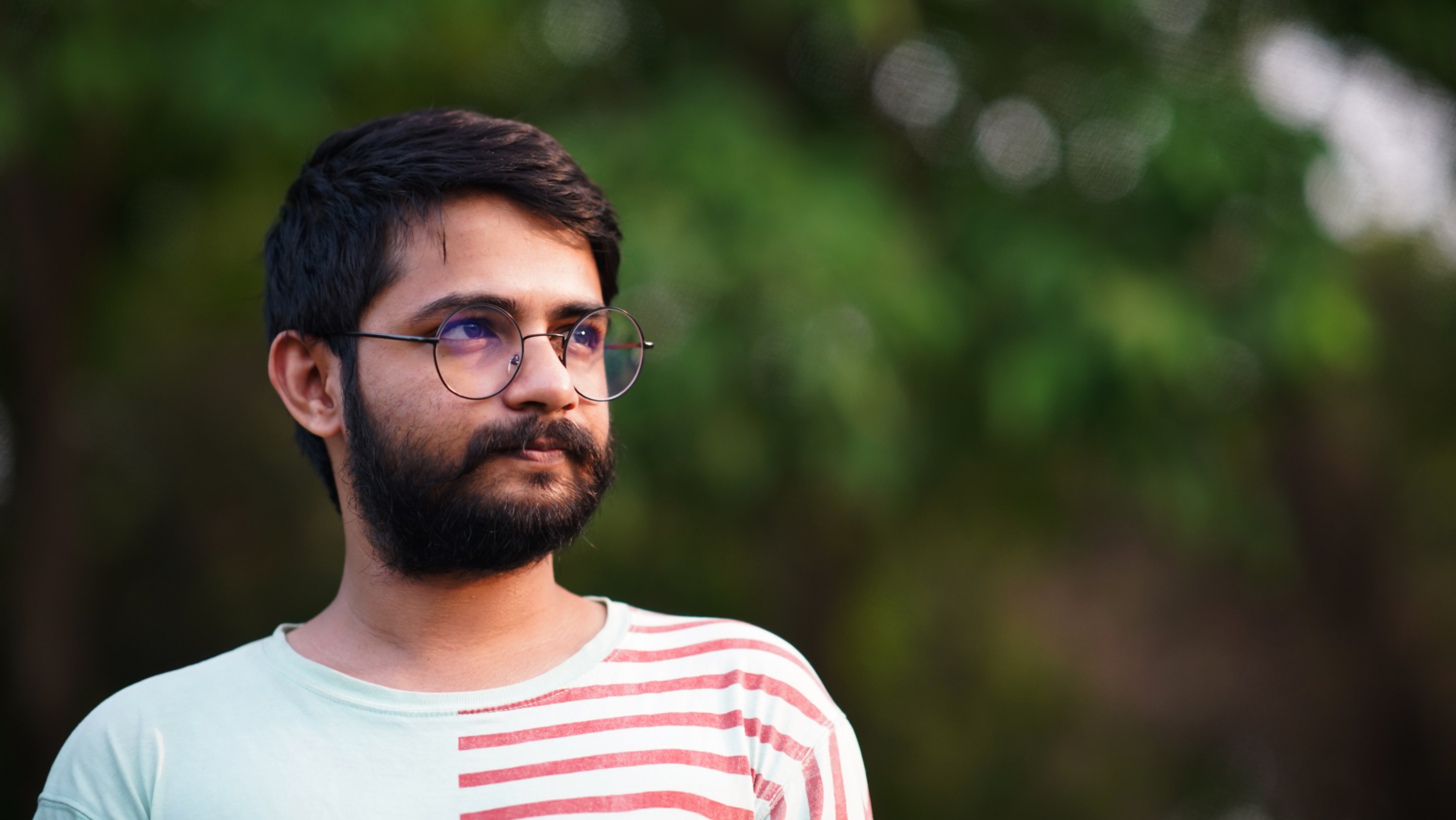India is the world’s top hot spot for COVID-19 misinformation, accounting for roughly one in six pieces of global output, according to a University of Alberta master’s student who studies world media.
Hard on India’s heels are the U.S., Brazil and Spain, said Sayeed Al-Zaman of the U of A’s Department of Media and Technology Studies. And the greater the prevalence of misinformation, the higher the COVID fatality rate in most countries he examined.
In his study, published in the journal of the International Federation of Library Associations and Institutions, Al-Zaman analyzed 9,657 pieces of COVID misinformation originating in 138 countries between January 2020 and March 2021.
The data were compiled by Florida’s Poynter Institute for Media Studies — a non-profit organization aimed at reducing the prevalence of misinformation around the world — and fact-checked by 94 organizations.
The results show that India had the highest prevalence of misinformation at about 16 per cent of the total — including stories about the coronavirus generating magnetic properties in the human body and claims that lemon juice can kill the virus when shoved up the nose.
The United States followed with 10 per cent, Brazil with nine per cent and Spain with eight per cent. Canada was in 26th place with just under one per cent.
“I was very surprised to see the U.S. next to India,” said Al-Zaman. “The U.S. has more sophisticated communication technologies, a higher education rate and greater media literacy.”
Both countries — along with Brazil, Spain, France, Turkey, Colombia, Argentina, Italy and Mexico — also saw a correlation between COVID misinformation and death rates.
“Misinformation surged before or amid infection and death rate surges,” he said. “In March of 2020, India, the U.S., Brazil and Spain were experiencing a gradual rise in COVID-19 cases along with COVID-19 misinformation.
“On the other hand, before September 2020 Georgia had almost no or limited COVID-19 cases, along with limited misinformation.”
Misinformation proliferates online
Social media accounted for the largest amount of COVID-19 misinformation at 85 per cent of total output, and the internet as a whole generated just over 90 per cent. Facebook alone produced 67 per cent of misinformation among all social media platforms.
Mainstream media accounted for the lowest share of misinformation at just over three per cent, he added.
India produced the largest amount of social media misinformation, “perhaps thanks to the country’s higher internet penetration rate, increasing social media consumption and users’ lack of internet literacy,” said Al-Zaman.
In general, Asian and African countries have a lower prevalence of misinformation, while South Asia and North and South America show a higher prevalence.
And yet, despite its greater prevalence in some countries, COVID-19 misinformation is not concentrated in specific geographical areas, but rather dispersed around the globe, said Al-Zaman, adding that it reached its peak in March 2020, gradually dropping somewhat in subsequent months.
Understanding “information pollution”
According to Al-Zaman, his study looks at the largest amount of COVID-19 misinformation from the highest number of countries and sources to date. It has been quoted widely in the media, including The Times in the U.K. and The Times of India.
“People working on misinformation usually focus on a specific country, not the global context or how other countries are coping with it,” he said.
“We need to understand how social media is used in other cultures and in different political situations,” said Al-Zaman’s thesis adviser, humanities computing expert Geoffrey Rockwell.
“Sayeed brings a fresh perspective to understanding our own situation, which we are often tempted to think is all that is happening.”
Al-Zaman’s study is one of a number of articles he has published over the past few years on what he calls “different aspects of information pollution, such as information overload, disinformation, misinformation and misleading information.”
A native of Bangladesh, he has focused much of his research on South Asia. His master’s thesis, part of which is published in the journal Heliyon, examines religious misinformation in Bangladesh.
In that country — as in India and Pakistan — religious misinformation on social media often leads directly to “offline violence and gruesome mob attacks on minorities,” he said.
And while about 64 per cent of consumers worldwide accept misinformation they encounter on social media without any hesitation or doubt, they believe religious misinformation more than any other type, said Al-Zaman.
